15+ Heartfelt Times When Women Proved There’s a Rainbow After Every Storm


The profession of an astronaut is probably one of the most intriguing and mysterious out there. But have you ever wondered about the details of their everyday life? Like, what’s going on under those bulky spacesuits? I mean, some people seriously believe that astronauts wear paper underwear. Others are sure that a lack of gravity allows the grime to just float away. If only!
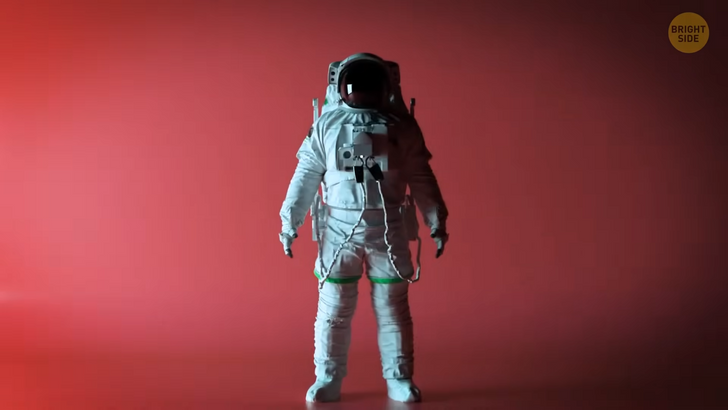
The thing is, astronauts don’t do laundry — at all. In 2011, NASA commissioned a washing machine for the International Space Station. Was it a joke? In any case, astronauts couldn’t use it for apparent reasons — delivering water to the ISS just to do laundry sounds outrageous and super costly. So, astronauts’ can only dream of freshly laundered linens and other stuff. Instead, fresh clothes get delivered to the Station from Earth just like any other supplies. Unfortunately, it happens not that often since the price of launching literally anything into space is exorbitant.
So, astronauts have to wear their clothes for way longer than they would otherwise do on Earth. The only thing that makes this situation a bit better is that astronauts tend to lose some of their sense of smell in space. When interviewed, some astronauts admitted wearing, for example, the same pair of shorts for months and only changing their underwear once every three or four days.
It’s probably not surprising that astronauts dress not to impress but for comfort and convenience. Their typical attire usually consists of short-sleeved shirts and long cargo pants. Those are regular clothes we wear on Earth, nothing special. But when they leave the climate-controlled insides of the ISS, of course, they need special clothes. By that, I mean those very chunky spacesuits. They protect astronauts from insane temperature swings ranging from two hundred fifty degrees F in the sun to minus two hundred fifty degrees in the shade.
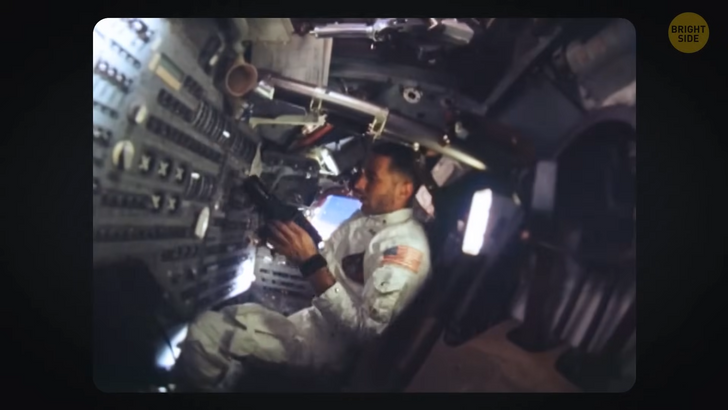
But even with all this protection and cooling tubes wicking away body heat, spacewalks tend to cause astronauts to work up a sweat. Wearing an EVA, which stands for extravehicular activities, can mean hours of hard work. And don’t forget that astronauts often wear layers to stay warm and pressurized. And these layers include an inner form-fitting item of clothing that resembles long underwear. This item is often reworn and even shared. And since there are no washing machines on the ISS... You get the point, right?
An interesting fact: there is a specially trained person who smells every single thing that astronauts take with them into space. It’s done to protect them from unpleasant or toxic odors. The thing is that you can’t really air the room out there, in space, if you don’t like how it smells inside. That’s why NASA is very careful about what kind of odors can pass through. At the same time, nothing can prevent the smells that appear already on the ISS.
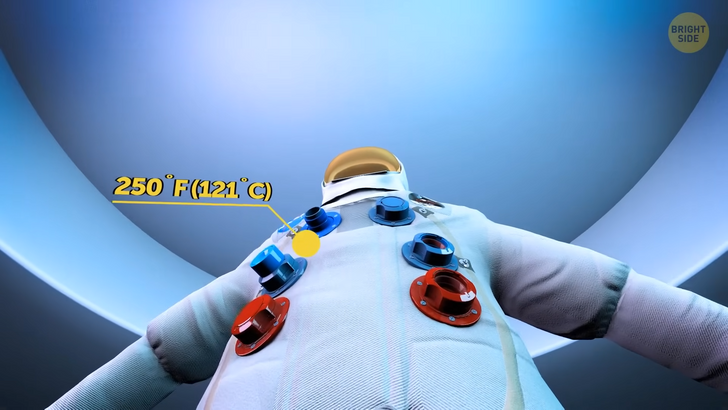
Anyway, spacesuits and what’s underneath them are used again and again. And soon, you start worrying not only about bad smells but also about hygiene and health problems. An alarming possibility of biocontamination arises. It includes bacteria, body fluids, and other foreign substances. It gets worse if we think about longer missions — for instance, to the Moon. At the same time, it’s totally impractical to wash spacesuit interiors on a consistent basis. Water is too valuable on the ISS to waste it on something so mundane.
That’s why NASA, along with the European Space Agency and other organizations, asked specialists to develop fabrics that could solve the problem of biocontamination in suits. You see, during the shuttle program conducted by NASA, spacesuits were supposed to be used on quite short two-week trips. But then, astronauts started living on the ISS for much longer periods of time. That’s why the spacesuit’s lifespan had to be extended — up to six years! No wonder microbes became a much more worrying issue than before.
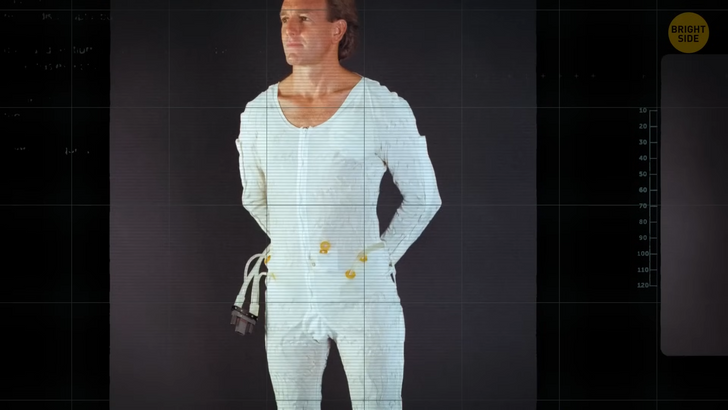
So, more than a decade ago, a team of experts began to research different methods of getting rid of microbes and bacteria dwelling in spacesuits. They cut textiles in two-inch squares, put them in Petri dishes, and grew a few species of fungi and bacteria on these samples.
Some of the fabrics they used were infused with copper. This substance has impressive antimicrobial properties. When bacteria touch this element, their cell walls and membranes get destabilized. The metal’s ions damage microbes, making them more vulnerable. NASA scientists also tried using textiles treated with silicone and silver. The latter turned out to be as toxic to germs on contact as copper.
After observing the stuff that had grown on the fabrics for the past fourteen days, the researchers discovered that only one compound had managed to keep bacteria and fungi at bay. It was a solution of silver molecules normally used for disinfecting hospital dressings and other stuff.
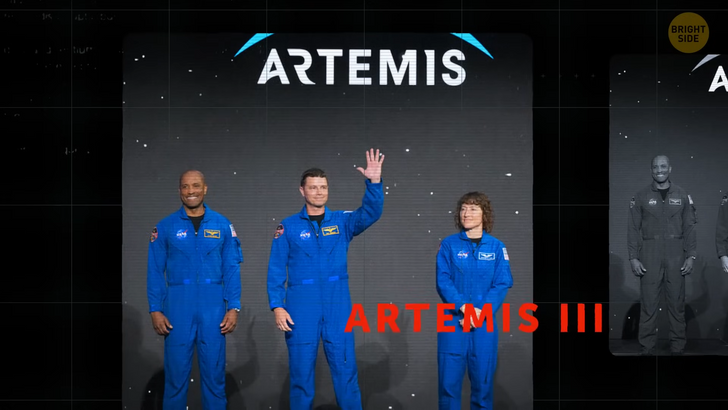
But the ions of this metal turned out to be too good at their job because they got rid of everything — literally. And total sterility could do more harm than good. We need a balanced ecosystem consisting of millions of microorganisms to keep our organs and skin healthy.
In 2022, NASA hired US companies Axiom Space and Collins Aerospace to develop the next generation of spacesuits. And soon, a prototype suit appeared. It was designed to be used during the Artemis-three mission. The main goal of this voyage is to land a crew at the South Pole of our natural satellite. These spacesuits are supposed to use textiles with antimicrobial properties that can potentially reduce biocontamination. The cooling system of these suits will also add biocides in its water loops, which will help prevent microbial buildup.
Now, let’s talk about spacesuits in more detail. To begin with, there are actually two main types of spacesuits. You’ve probably seen the Advanced Crew Escape Suit, aka the “orange suit,” aka the “pumpkin suit.” Astronauts wear this full-pressure suit during take-off — or rather “lift-off” since we’re talking about a spaceship! These suits are irreplaceable for those who are heading for super-high altitudes. There, the pressure is so low that people can’t survive without a special protective suit.
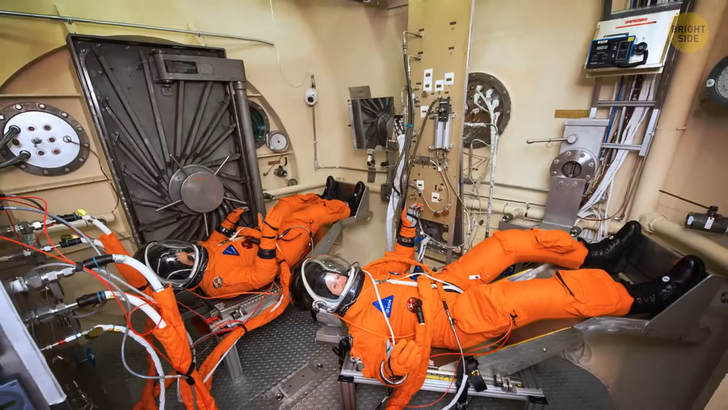
And while aircrews wear partial-pressure suits, space crews have to be protected by full-pressure suits — after all, they travel way, way higher. The suit is also equipped with lots of things that can help an astronaut survive emergencies during a spaceship launch or landing. A regular “pumpkin suit” is stocked with flares, medications, survival gear, a radio, and a parachute.
So, in short, astronauts wouldn’t live through the process of leaving Earth without the orange suit. But why did its designers choose this hue? The main reason for picking the orange color is that this hue is one of the most visible for search and rescue, including very probable sea rescue.
As for EVAs, their purpose is different. Astronauts wear these suits when they set off on spacewalks. It can protect them from the severe conditions of outer space, with its extreme temperatures and near-vacuum! Plus, the spacesuit can prevent small debris from hurting space travelers.

You’ve probably noticed that EVA suits are much bulkier than the orange ones. That’s because they have many layers of insulation and heavy protective fabric. They also contain breathable air, drinkable water, and temperature controls. Now, every time an astronaut goes on a spacewalk, they use a tether that ties them to the Space Station. And in case the tether breaks, the EVA suit has a backup system. This system includes small jet thrusters which can be controlled from the station with the help of a joystick.
As for the color, first of all, white reflects the heat of the sun better than other colors, and astronauts don’t get too hot. Plus, the white color is the best when it comes to spotting the tiny dot of an astronaut against the vast expanse of black space.
Another curious detail: while white spacesuits protect astronauts from getting too hot, they can’t prevent them from getting too cold. And that’s when special gloves come into play. They have special heaters which keep astronauts’ fingers cozy and functioning.











